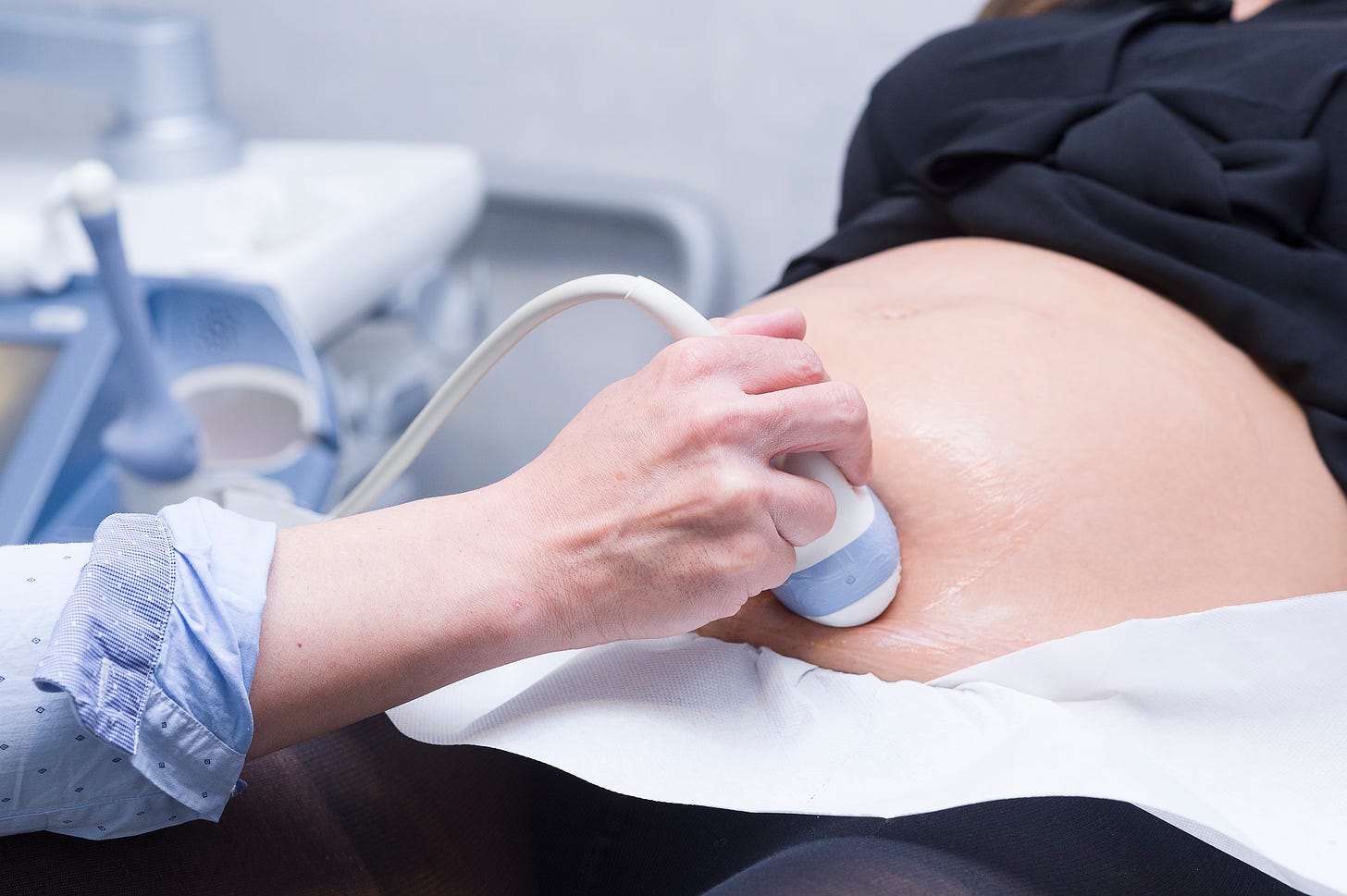A study published in June, led by Johns Hopkins Bloomberg School of Public Health researchers, has concluded that in the year following the state’s 2021 ban on abortion, infant deaths in Texas increased more than expected, especially among infants with congenital anomalies.
The analysis of monthly death certificate data in Texas and the rest of the United States by the John Hopkins team following the enactment of the SB8 Texas law, that prohibits abortions after a fetal heartbeat could be detected that went into effect September 1, 2021, found that between 2021 and 2022 infant deaths in Texas rose from 1,985 to 2,240.
The study defined infants as under 12 months of age, and this reported number represents a year-over-year increase of 255 total infant deaths. The report revealed that the State of Texas had a 12.95% increase during this time in infant deaths, as compared to an average 1.8% increase in infant deaths throughout the entire country.
The investigation, which was was led by John Hopkins assistant professors in Population, Family and Reproductive Health, Suzanne Bell and Alison Gemmill, ultimately determined that Texas Heartbeat ban “led directly to immediate and significant decreases in facility-based abortions provided in Texas.” This lack of resources created more requests for medication abortion pills so that patients could self-manage an abortion, and ultimately caused greater than expected live births among people residing in Texas.
Gemmill and Bell used Texas birth certificate data and compared it to several other states in order to determine what would have happened to infant mortality in Texas in the absence of this policy. Professor Gemmill commented on the findings saying, “The big takeaway is that we found an unexpected increase in infant mortality in Texas—about a 13% increase—that wasn't observed in the rest of the United States [and] this suggests that SB-8 was driving this increase in infant mortality.”
“We saw similar findings with neonatal mortality, which are deaths of infants less than 28 days old,” Gemmill continued, “and then we also found — which was a bit surprising — that deaths due to congenital anomalies rose by 23% in Texas, while in the rest of the United States, there was a decrease in these deaths.” Professor Gemmill went on to explain that the congenital abnormality increase in Texas was due to the heightened medical restrictions and a lack of options for the patient.
“The prior to the implementation of SB-8, people who were carrying fetuses diagnosed with severe congenital anomalies had the option to terminate the pregnancy [and] this option is often exercised when the anomalies are incompatible with life or would result in significant suffering or health complications for the child.”
“We think that with the restrictive abortion ban in place, birthing people were all of a sudden not able to legally terminate pregnancies, even if severe congenital anomalies were detected, so these pregnancies were likely carried to term.” Gemmill continued: “…and this probably led to an increase in births of infants with severe congenital anomalies, such as heart defects, neural tube defects, and other life-threatening conditions, who died shortly after birth.”
The professors wanted to approach the issue of infant mortality following the Heartbeat Ban because they knew a lack of abortion access would create “downstream effects” of this policy on infant health outcomes. Even prior to SB 8, there had been medical evidence of a symbiotic relationship between abortion restrictions and an increase in infant death due to the mother being forced to carry fetuses with deformities to term. But these studies had previously not directly attributed the increase in infant mortality rates to the implementation of restrictive policies that kept women from receiving basic healthcare services.
Professor Bell also attributes an “increased exposure to risk factors,” such as greater emotional stress and financial stress as a result of an unintended pregnancy, to the increase in infant deaths in Texas. Bell explains: “In the United States, we know that there are disparities in infant mortality” based on economic and racial factors.
“For example,” says Bell, “non-Hispanic Black women have more than two times the rate of infant death than Hispanic and non-Hispanic white women.” She continued, “If these populations are also those most likely to struggle to overcome barriers to abortion, you would see a larger share of births to disadvantaged or minoritized groups, which already are at an increased risk of infant mortality.”
Currently, at least 13 states have complete abortion bans with few exceptions for things like fetal anomalies, and another seven states have abortion restrictions pre-viability and in some cases, many weeks before we would even be able to test for congenital malformations. Both professors expect that in these places with extreme abortion restrictions, we can expect to “see something similar play out” where abortion has been banned.
While studies up to now have focused on the health impacts for women who have been denied emergency medical care as a result of these abortion bans all over the country, this is the first study to examine the effects of restrictive abortion limitations on the deformed infants who are born as a result of improper medical care. The only thing worse than being denied access to abortion services when you are not ready to start a family, is the proposition of carrying a baby to term that you grow to love and want, that is ultimately destined to suffer and die within the first year of life.
Amee Vanderpool writes the SHERO Newsletter, is an attorney, published author, contributor to newspapers and magazines, and an analyst for BBC radio. She can be reached at avanderpool@gmail.com or follow her on Twitter @girlsreallyrule.
Paid subscriptions and one-time tributes embedded in each article allow me to keep publishing critical and informative work that is sometimes made available to the public — thank you. If you like this piece and want to support independent journalism further, you can forward this article to others, get a paid subscription or gift subscription, or donate as much as you like today.








